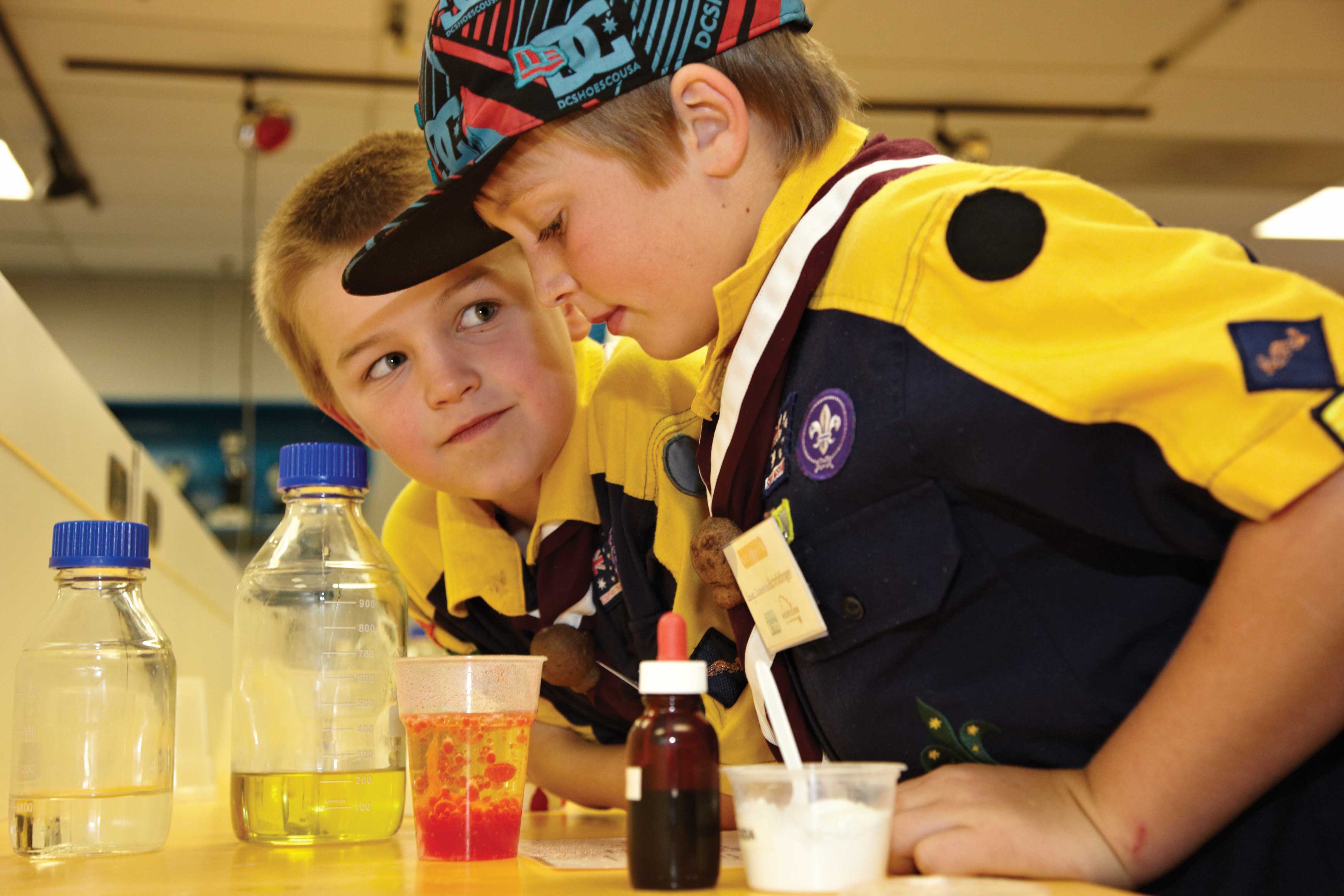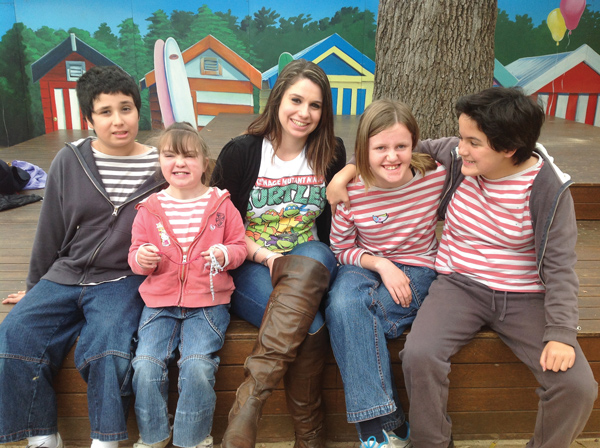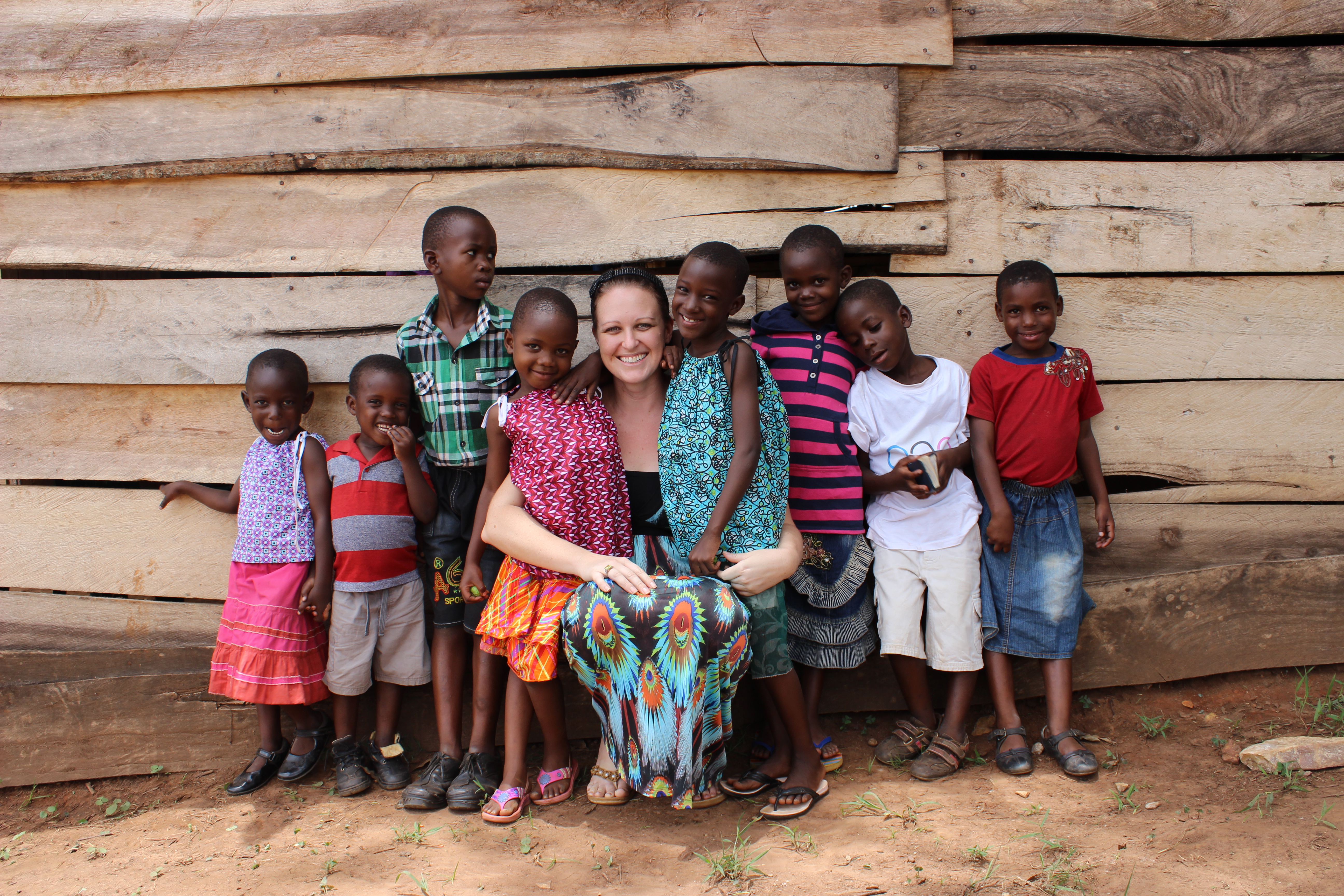Children are learning about DNA in their living rooms well before they’re taught genetics in high school, according to new research by Dr Jenny Donovan, a lecturer from the University of Southern Queensland.
Her study has found children aged 10 to 12 are introduced to scientific concepts by the mass media, particularly television crime shows. “Even more children than I thought knew about DNA and genes,” she said.
“Eighty-nine per cent of them knew about DNA – and when I say ‘knew’ it’s more than they’ve just heard of it – they could offer information about it.”
Typically, genetics isn’t taught until year 10. But 80 per cent of the pre-teens who completed the mass media questionnaire said they learn about genetics from television. Seventy-seven per cent related DNA to solving crime and 65 per cent related it to the identification of family relationships.
However, crime shows also encourage a number of misconceptions about DNA. For example, 26 per cent of the interviewees thought DNA has no biological func
tion whatsoever.
“They clearly know about it outside the body but not why we’ve got it,” Dr Donovan said. “They either think it’s there so we can shed it at a crime scene or so we can test it and see whose family you belong to.”
Many crimes shows like CSI and Law & Order are not recommended for young viewers. Seventy-nine per cent of children surveyed said they watch crime programs rated M15+.
One year 7 respondent said: “I learned about DNA on doctor shows like Grey’s Anatomy, on Bones and other crime shows…We can use DNA as evidence if someone’s been stabbed.”
Another year 5 respondent said: “DNA has to do with blood types and fingerprints, it helps to identify us. It can find out criminals and relatives. I learned about DNA on Law & Order and Cold Case.”
But watching crimes shows is not the only way for kids to get scientific information. The CSIRO puts out two children’s science magazines as part of their ‘Double Helix’ education program.
Dr Kate List, managing editor of education publications at the CSIRO, said the magazines cater for children who love science and are looking for something more.
“We’re not in the business of making something that is not enriching,” she said. “It’s certainly not a patronising approach to explaining concepts to kids at all.”
While Scientriffic is pitched towards younger readers and The Helix towards older readers, Dr List said similar concepts are explored in each.
“We’ve tried to make the differentiation between the two magazines less about the actual age of the child and more about the reading age.”
Dr Donovan isn’t sure crime shows are an appropriate way for kids to explore genetics but she believes children are keen to know more at a younger age.
“I think kids have become a lot more sophisticated in many ways,” she said. “I think what we need to be doing in primary school is interacting with the things kids are hearing about and saying…‘You’ve heard of genes and DNA, did you know that genes are made of DNA?’ That’s not a difficult concept as long as you introduce it within a meaningful context.”












